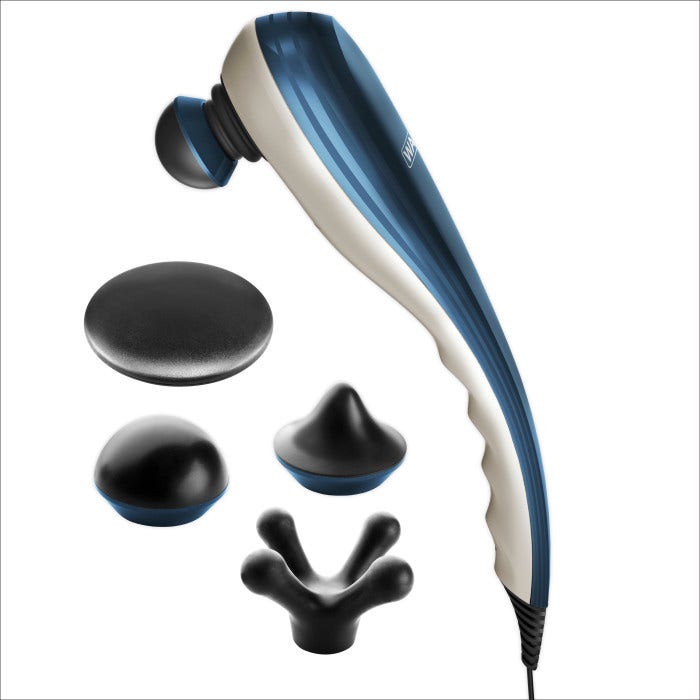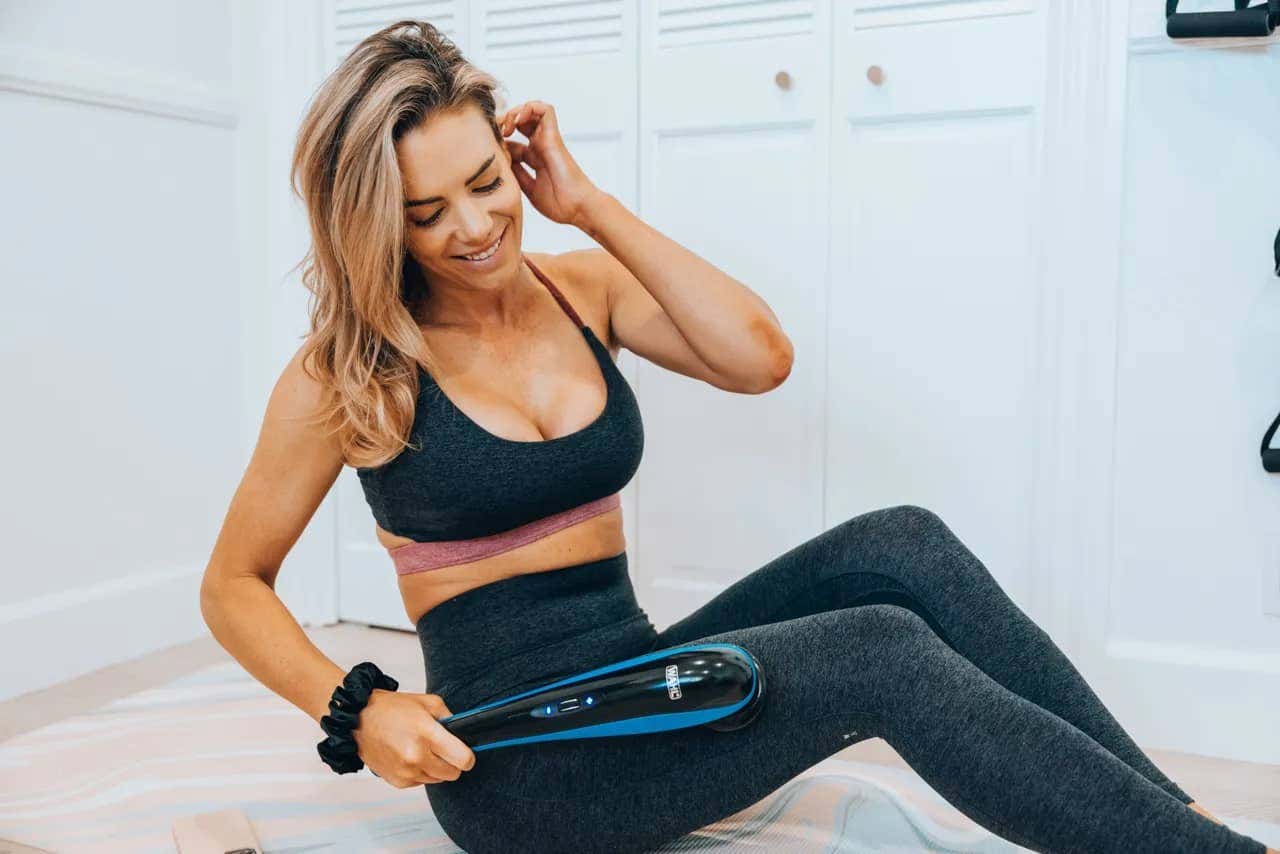Posted by Sheryl Kraft on March 1, 2017
For people with chronic pain, life can be hard. The unrelenting pain may make you feel uncomfortable and cranky and even hopeless at times. But it’s more within your control than you think; switching bad habits for good ones can help ease the pain and improve – and potentially prolong – your life.
It’s never too late to reverse your bad habits or adopt some new, healthy ones, and it can be done if you give yourself some time and patience.
It’s said that it can take about 21 days to develop a habit; when you think about it, that’s really not a huge amount of time to invest in better health and happiness. It’s very likely that if you can make it through the initial “changing” phase, you can sustain your new habits. Try your best, of course, but cut yourself some slack and realize you may not find success immediately.
In just a few weeks’ time, with practice and some shifting in your thinking, you’ll have an arsenal of better behaviors; a small investment when you consider the huge payoffs that will follow.
1. Sleep Better. The way you position your body while you snooze could be hurting your sleep as well as your body, resulting in back and neck pain, muscle cramping, compromised circulation and headaches, according to the National Sleep Foundation. Sleeping on your side with your torso and legs in a relatively straight position can ward off back and neck pain, they say.
To reduce strain on your hips, place a pillow between your knees – this is especially helpful if you sleep curled up in a fetal position (which happens to be the most popular position).
Stomach sleepers may want to reconsider that position, since it can result in back and neck pain and put pressure on your muscles and joints. If you can’t give it up, try lying facedown rather than with your head turned to one side – propping your forehead on a pillow will help give you room to breathe.
Switching mattresses may help, too: 63 percent of people with back pain reported an improvement after getting a new one. The most back-friendly mattresses are medium-firm or firm, says the Sleep Foundation.
2. Think Better. There are so many studies demonstrating how negative thinking, depression, stress, and anxiety all take a serious toll on your health. Pessimism is a learned behavior (which becomes a habit), while optimism is a choice - and you can develop better habits by using positive words like “I am hopeful,” or “I will resolve this.” Words are powerful and can make a major difference in your attitude and mood. One 2012 study of chronic pain found that those who used “active coping” strategies (optimism) had lower levels of pain, anxiety, depression and impairment and functioned better, too, than those with “passive coping” (pessimism).
And remember, although you may not always be able to change your situation, you can change your response, or perception, of it. That’s a habit you’ll want to keep.
3. Eat Better. There are so many ways to eat better, and you’ll see a quick and considerable benefit in a short period of time. According to the Cleveland Clinic, an anti-inflammatory diet focusing on vegetables can dramatically help manage chronic pain. They report “patients who follow strict vegan or Mediterranean diets have seen a complete turnaround in their pain symptoms.” For an added boost in pain relief, add regular exercise and stress control to the mix.
4. Massage Better. Get into the habit of do-it-yourself massage, and you’ll find those aches and pains will begin to improve or maybe even disappear. A continued massage regimen can relieve muscle tension by enhancing blood flow and letting muscles relax.
What else? Massage can decrease inflammation by activating genes that naturally reduce swelling. When researchers at McMaster University in Canada studied massage and its effect on certain genes, they found that it worked directly on reducing inflammation in muscles.
Massage is a wonderful way to relieve pain and has the same effect as drugs like aspirin, ibuprofen and naproxen, reports Tiffany Field, who is a leading researcher on the effects of massage and director of the Touch Research Institute at the University of Miami Medical School.
It’s an easy habit to get into - you can actually pick up a handheld massager any time you need it, no costly and time-consuming appointment necessary.
Wahl’s deep tissue massager is one of the most powerful handheld massagers on the market, attacking muscle pain deep below the surface. It offers interchangeable heads and variable intensity control to treat both large muscle groups as well as targeting smaller problem areas.
5. Exercise Better. Many people with pain can be helped through exercise; even light to moderate exercise like walking or swimming can help improve blood and oxygen flow to your muscles. That’s because there’s a known link between tense, weak muscles and various types of chronic pain. Exercise has been proven to be helpful for many in managing and relieving lower back pain, for example.
Researchers found that the most consistent exercisers were the ones who made it into a habit - and making exercise into a habit is easier than you think. Start out small, grab a friend, put it on your calendar, make it fun – before you know it, you’ll be faithful to fitness!
This post is sponsored by Wahl Home Products, but I assure you that opinions are strictly my very own. This post originally appeared on https://www.healthywomen.org/content/blog-entry/make-it-habit-5-tips-pain-free-you
Sheryl Kraft is a nationally recognized health and wellness expert specializing in women's health and pain. Her blog appears on HealthyWomen.org, a health information site dedicated to informing and empowering women to make smart health choices. She is also regularly published in Huffington Post, AARP, Prevention and Woman's Day.

 India (English)
India (English)
 Middle East and Africa (English)
Middle East and Africa (English)
 South Africa (English)
South Africa (English)
 Australia (English)
Australia (English)
 Japan (日本語)
Japan (日本語)
 South East Asia (English)
South East Asia (English)
 Singapore (English)
Singapore (English)
 Europe (English)
Europe (English)
 United Kingdom (English)
United Kingdom (English)
 Argentina (Español)
Argentina (Español)
 Brazil (Portuguese)
Brazil (Portuguese)
 Colombia (Español)
Colombia (Español)
 Latin America (Español)
Latin America (Español)
 México (Español)
México (Español)
 Chile (Español)
Chile (Español)
 Peru (Español)
Peru (Español)
 Canada (English)
Canada (English)





_0_0.jpg)
